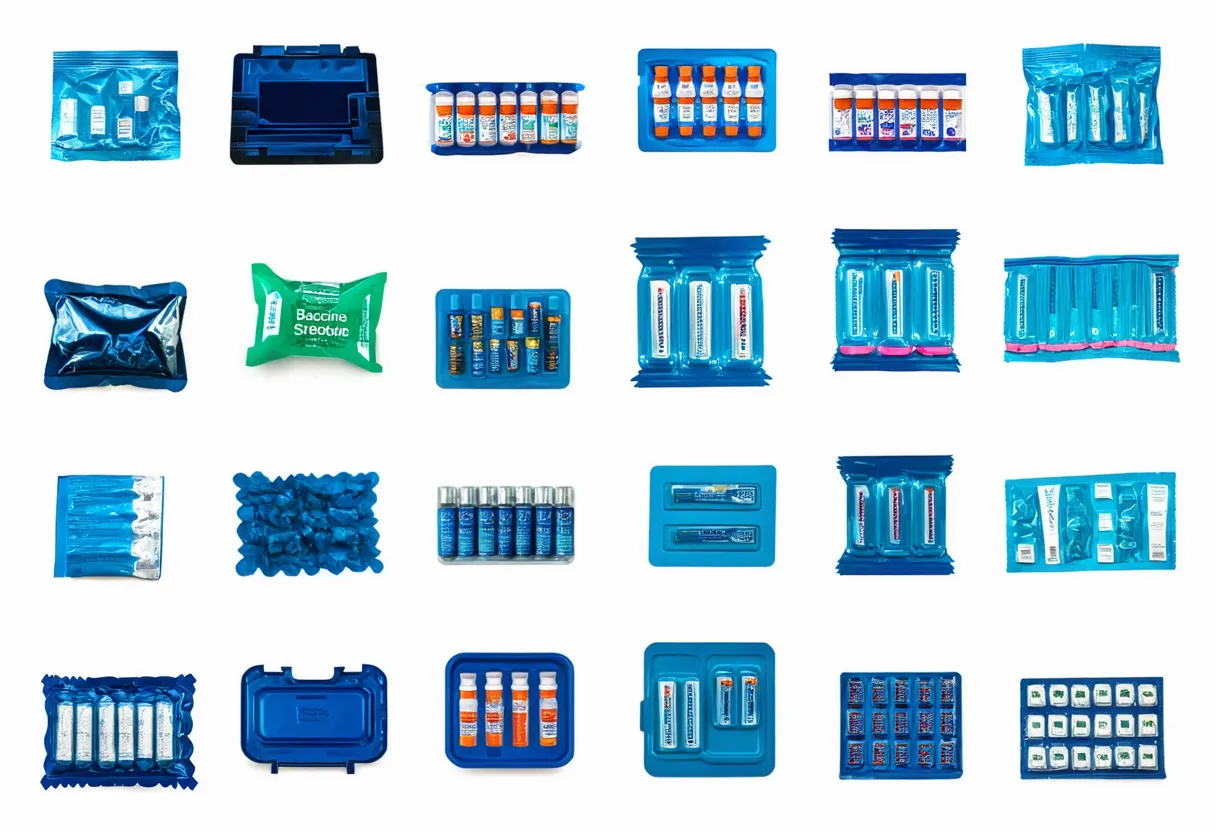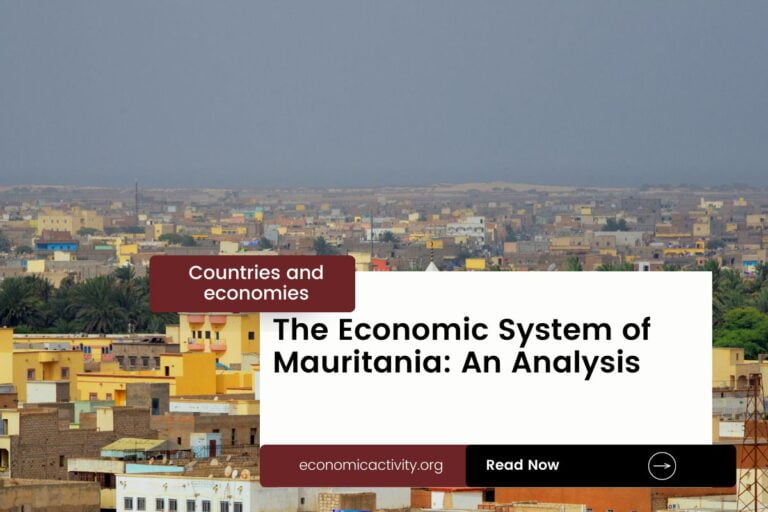Chad, with a population of 17,723,315, is ranked 65th in the world, just behind Ecuador. Located in Central Africa, Chad covers a total area of 1,284,000 square kilometers, ranking 20th globally, just behind Peru.
Chad’s economic position in 2022 reflects a GDP of $12,704,149,840.22, ranking it at 140 globally. It falls behind Namibia, which has a GDP of $12,914,932,655.69. In terms of GDP per capita, Chad stands at $716.80, placing it at 175 worldwide.
It lags behind Liberia, with a GDP per capita of $754.53. Despite facing economic challenges, Chad continues to strive for growth and development in various sectors to improve its economic standing on the global stage.
What are the economic activities of Chad?
- Primary activities: 52.3% of GDP.
- Secondary activities: 14.7% of GDP.
- Tertiary activities: 33.1% of GDP.

Primary Sector of Chad
In Chad, the primary sector, particularly agriculture, plays a vital role in the economy despite contributing 52.3% to the GDP. With 39.98% of the land dedicated to agriculture, the country thrives in producing various crops and animal products. The main agricultural products include sorghum, groundnuts, millet, cereals, beef, sugarcane, yams, maize, cassava, and milk.
This diverse range of products showcases the significance of agriculture in Chad, providing sustenance and livelihoods for many, even if it’s not the largest contributor to the GDP.
Chad’s diverse geology contributes to its rich array of natural resources. These include petroleum, uranium, natron, kaolin, fish from Lake Chad, gold, limestone, sand, gravel, and salt. These resources play a crucial role in the country’s economy, with petroleum and uranium being particularly significant for export revenue and economic development. The abundance of fish from Lake Chad also supports the local fishing industry, providing livelihoods for many communities. Additionally, the presence of gold, limestone, and other minerals offers opportunities for further economic growth and diversification in the primary sector.
Chad’s oil production of around 87,932 barrels per day ranks it 28th globally. With oil reserves of 1.5 billion barrels, it holds 0.09% of the world’s oil reserves, highlighting its significant role in the country’s economic activity.
Secondary Sector of Chad
What is the secondary sector or what are secondary activities?
The secondary sector comprises industries that transform raw materials from primary activities into finished products for consumption. In Chad, the main industrial products include oil, cotton textiles, brewing, natron, soap, cigarettes, and construction materials. These goods are produced for domestic consumption and export, contributing to the country’s economic development.
In Chad, manufactures make up a small percentage of total exports in 2023, indicating a reliance on other sectors for economic growth and highlighting the need for diversification.
Tertiary sector of Chad
What is the tertiary sector or what are tertiary activities?
The tertiary sector in Chad encompasses services that involve knowledge and time to enhance productivity and meet needs. Key activities include healthcare, education, banking, communication, transportation, and security services. These sectors contribute significantly to Chad’s economy by providing essential services to both consumers and businesses.
In particular, Chad’s tourism industry plays a vital role in its economy, with 81,000 annual arrivals contributing significantly to the nation’s GDP. The Ennedi Plateau, a UNESCO World Heritage Site, and the Zakouma National Park, renowned for its diverse wildlife, are among Chad’s most popular tourist destinations, attracting visitors from around the globe.
Another example of tertiary economic activity is the mobile cellular sector, with over 12 million subscriptions, supporting technological growth by enhancing communication, fostering innovation, and enabling digital services across the economy.
Military Activities and Economic Sectors of Chad
The military is a clear example of many economic activities working together. In the primary sector, resources are extracted for military use. The secondary sector involves the manufacturing of military equipment. The tertiary sector includes the various services provided by the military. The quaternary sector focuses on military research and development, while the quinary sector deals with high-level military decision-making and strategy.
In Chad, the most recent annual military expenditure is 372.4 million US dollars, which is 2.9% of the country’s GDP. The active military force has 25,486 members, resulting in about 2.9 active military personnel for every 1,000 people in the country.
International Trade of Chad
Import Activities of Chad

Chad’s high import activities, accounting for 39.57% of GDP, are crucial for meeting domestic needs and driving economic growth.
Chad’s key import activities include vaccines, jewelry, electric generating sets, broadcasting equipment, and packaged medicine. Its main import partners are China (25%), UAE (20%), France (7%), US (7%), and Belgium (7%).
Exports Activities of Chad

Chad’s total exports in 2023 amounted to $6.5 billion, accounting for 51.18% of its GDP. This high export percentage indicates the critical importance of export activities in driving the country’s economy.
Chad’s export activities are diverse, with major partners including Germany, China, UAE, Taiwan, and France. The country exports commodities such as crude petroleum, gold, oil seeds, gum resins, and cotton.
Chad economy challenges in 2024
Chad, a country with an oil-based economy, faces challenges in 2024. Vulnerable to price shocks and regional competition, it struggles with extreme poverty and lacks human capital. Environmental disruptions worsen its situation, with high maternal and infant mortality rates impacting the labor force.




Leave a Reply